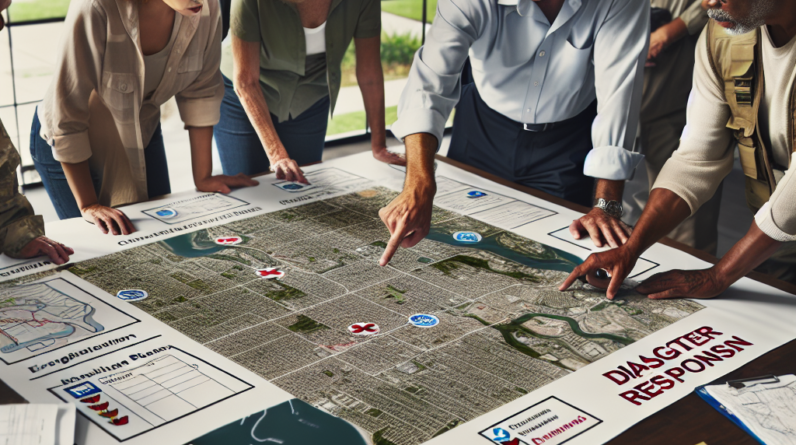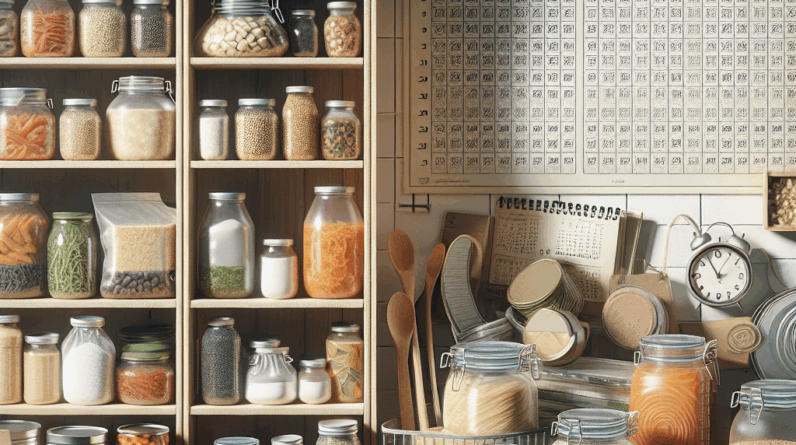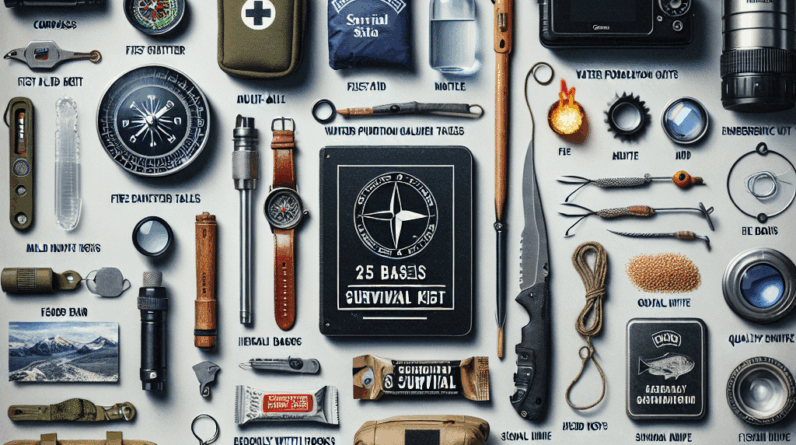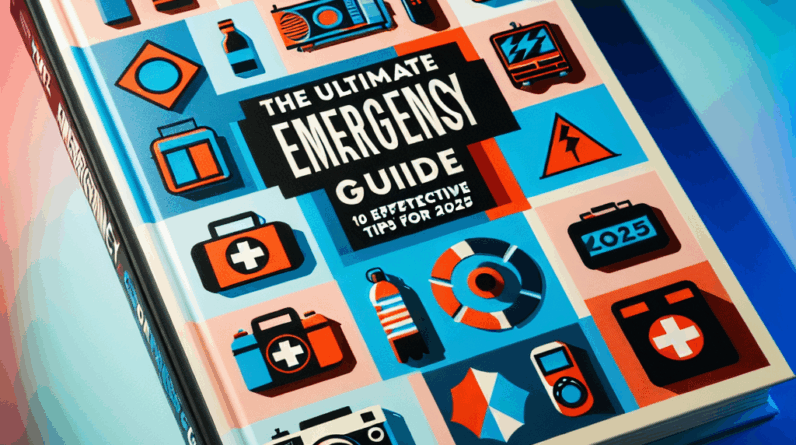
Creating a disaster response plan tailored to your neighborhood’s specific needs is crucial for enhancing safety and preparedness. This guide outlines how to assess potential risks, establish effective communication strategies, and gather community resources to ensure you’re ready when disaster strikes.
Assess Your Neighborhood’s Risks
Hey there! First, let’s sit down and consider the potential disasters that could affect our neighborhood, such as hurricanes, floods, wildfires, or earthquakes. It’s critical to understand the unique risks your area faces. Discuss with neighbors, share experiences, and gather detailed information to better understand these dangers.
Understanding our vulnerabilities helps us prepare appropriately. Maybe some areas are flood-prone or some buildings aren’t built to withstand high winds. Documenting these risks is a foundational step in our planning process.
After identifying potential disasters, we prioritize them based on likelihood and impact. This helps us focus our efforts on the most probable threats, making our disaster response plan more effective.
Get Local Data
Next, let’s gather local data. Check with nearby emergency services for insights on previous disaster assessments. Government websites and community boards are also good sources for local statistics and reports.
Attending community meetings or workshops on disaster preparedness can provide valuable firsthand information and networking opportunities with others focused on neighborhood safety.
By focusing on neighborhood-specific data, our disaster response plan becomes tailored and robust, rather than a generic approach.
Involve Community Experts
Involving local emergency responders and community experts in the planning process is invaluable. Their real-life experiences and existing strategies can greatly inform our plans.
Consider organizing a brainstorming session where these experts can share their knowledge and advice. This not only brings to light new considerations but also strengthens community bonds and trust.
By engaging community experts, we lay a foundation for solid communication and collaboration during actual emergencies.
Create a Communication Plan
# Establish a Neighbor Network
A robust communication plan is crucial in emergencies. Begin by building a network within your neighborhood. Introduce yourself to others, exchange contact information, and establish a reliable chain of communication.
Utilize group texts or social media platforms like GroupMe or WhatsApp for quick updates. Ensure everyone is comfortable with the chosen technologies, though some may prefer traditional phone calls.
Regularly remind neighbors to stay in contact, ensuring no one is isolated during emergencies.
# Designate Communication Roles
Assign specific communication roles within the neighborhood to streamline information sharing during disasters. These roles can be flexible, adapting to people’s availability and comfort.
Having designated point persons helps reduce confusion and ensures that critical updates are efficiently relayed throughout the community.
# Practice Your Communication Plan
Practice makes perfect! Regularly run through your communication plan with scenarios to ensure everyone knows their role and can perform effectively under stress.
Use neighborhood gatherings for informal practice sessions, which can help maintain preparedness without the pressure, keeping the process engaging and light-hearted.
Develop Emergency Communication Protocols
# Identify Emergency Contact Points
Ensure you have a comprehensive list of emergency contacts, including first responders, local hospitals, and utility companies. Make this list readily accessible to everyone in the neighborhood through both digital and physical copies.
Also, consider the needs of those requiring special assistance, such as the elderly or disabled, and coordinate plans for their safety proactively.
# Regularly Review & Update Protocols
It’s important to regularly review and update your emergency protocols. As circumstances change, so should your plans. Consider scheduling reviews after community events, using feedback to improve and adjust your strategies.
# Implement Backup Communication Methods
Since technology can fail during disasters, having backup communication methods like two-way radios or walkie-talkies is essential. Also, establish a system of runners for situations where technology is inoperable.
Practice using these alternative methods during drills to ensure everyone is familiar with them in case of actual emergencies.
Create a Resource Inventory
# Identify Available Resources
Gather information from neighbors about resources like generators, medical supplies, or other useful items that could be vital during a disaster. Creating a community resource inventory helps streamline aid and response times.
Make this inventory easily accessible, possibly through digital platforms or public postings, ensuring everyone is aware of available resources.
# Establish Temporary Shelters
Identify potential safe places like schools or community centers that can serve as temporary shelters. Coordinate with local authorities to clarify which locations can be used in emergencies and communicate this information clearly to residents.
Ensure that policies regarding pets are included, as this is a common oversight that can affect evacuation decisions.
# Stockpile Essential Supplies
Consider organizing a neighborhood supply drive where residents can contribute items like food, water, and batteries. This not only prepares your community but also fosters a sense of solidarity.
Create and share a checklist of essential items to ensure that all households contribute effectively, building a comprehensive stockpile for the neighborhood.
Conduct Regular Drills
# Plan for Different Scenarios
Running regular drills tailored to various disaster scenarios is key to ensuring preparedness. Designate times for these drills and make them engaging through community events or competitions.
# Evaluate and Adjust Plans
After each drill, assess what worked and what didn’t. Openly discussing these outcomes allows for continuous improvement of your disaster response plan.
Encourage feedback and be ready to adjust your strategies based on what is learned during these exercises.
# Build Community Spirit
Celebrate the successes of your preparedness activities with neighborhood gatherings. Fostering a strong community spirit enhances mutual support during actual disasters and strengthens overall resilience.
Let’s get moving on preparing our neighborhood, building a foundation of trust and readiness through regular practice and community involvement. Here’s to a safer, well-prepared community!
FAQs
1. Why is it important to assess neighborhood risks?
Assessing neighborhood risks is crucial for understanding the specific threats unique to your area, allowing for more focused and effective preparedness and resource allocation.
2. What should I include in a communication plan?
Your communication plan should encompass a neighbor network, designated roles for managing information, and alternative communication methods to ensure everyone remains connected and informed, regardless of the situation.
3. How can my community create a resource inventory?
Start by engaging with your neighbors to identify available resources. Compile a comprehensive list of items, skills, and potential shelters that could be crucial in a disaster.
4. What types of drills should we conduct?
Conduct drills that simulate various potential disasters to practice evacuation, communication, and resource utilization. Make these drills engaging and educational to keep the community involved and informed.
5. How often should we review our disaster response plan?
Review your disaster response plan at least annually or following significant changes within your community. Regular updates are essential to maintaining an effective and relevant plan.




